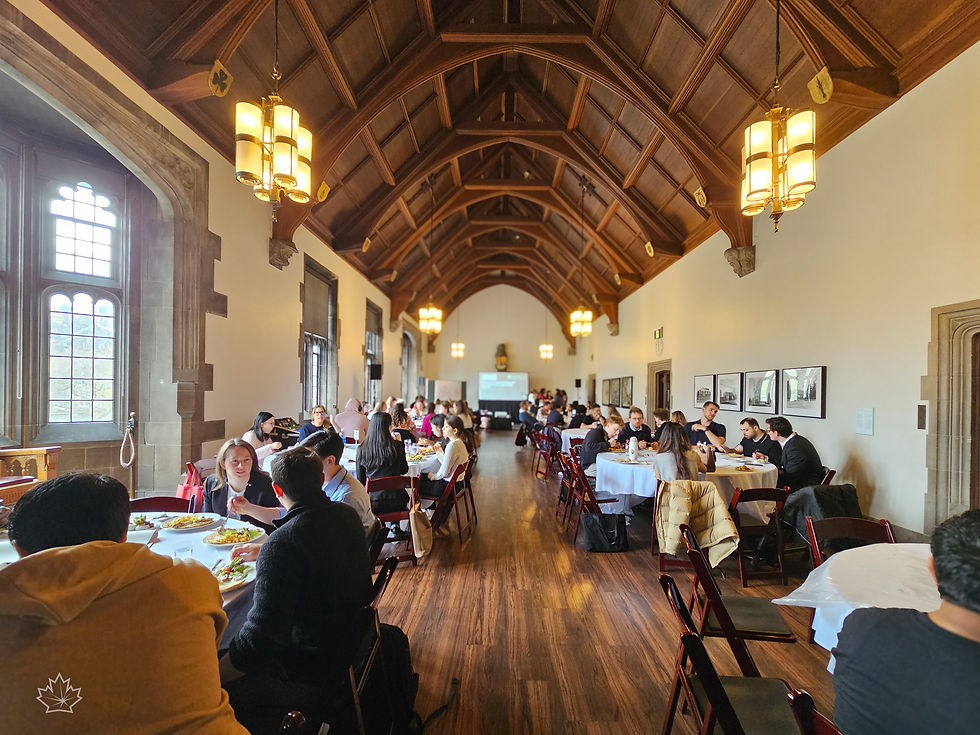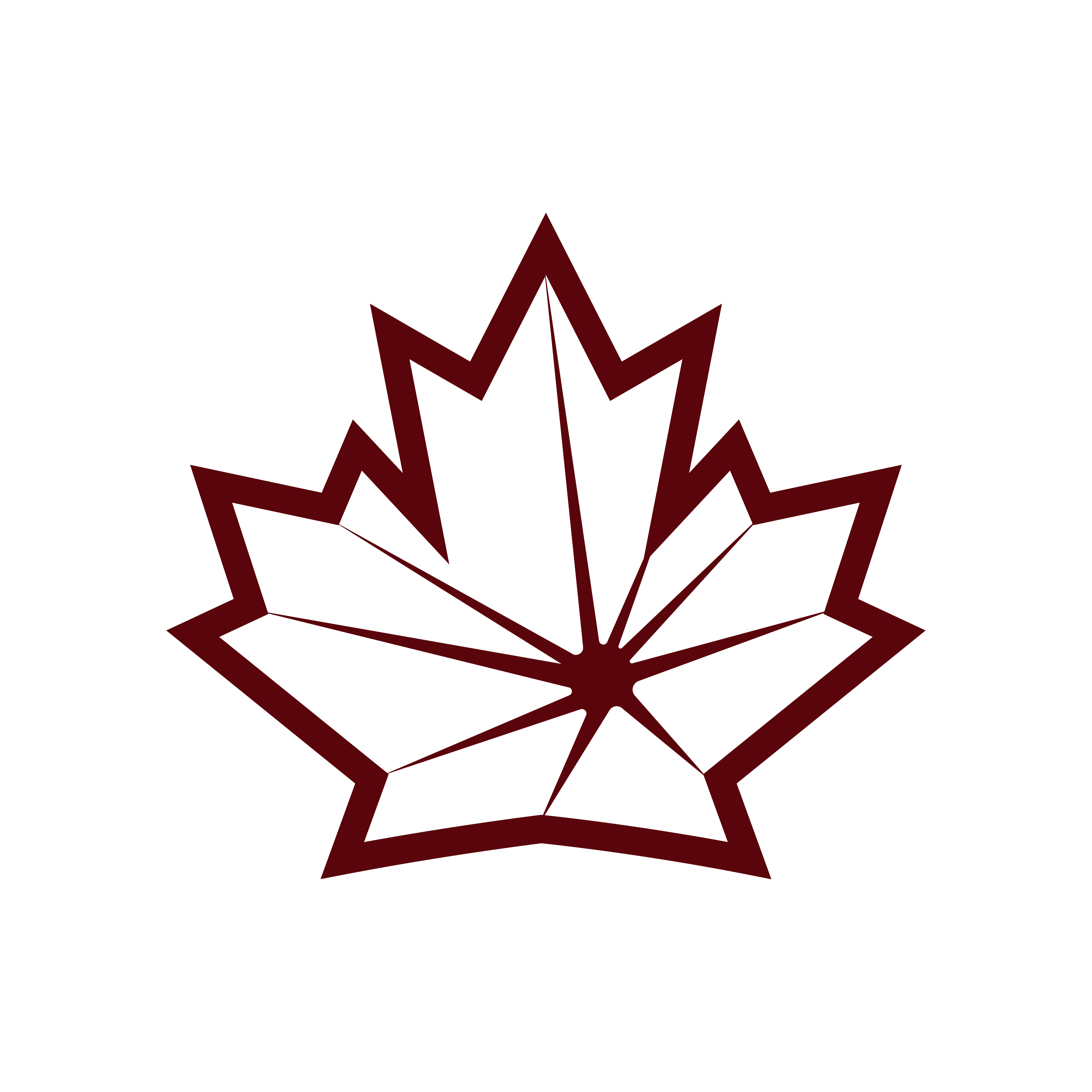Submission Guidelines

Poster and Symposia Guidelines
These sessions are intended to address issues in basic and translational science, clinical practice, and/or public policy.
1. All abstracts must be submitted through FourWaves, our abstract submission portal. 2. The submitting chair of a symposium session must be a Canadian Pain Society member in good standing. 3. To maximize diversity in symposia offerings, speakers will be limited to only one symposium submission, but can act as a chair for a second submission (but chair one session only). Submissions that do not follow the above rules will be disadvantaged during the peer-review process. 4. It is the responsibility of the submitting author to ensure all proposed speakers are only part of one submission. 5. CPS members and non-members are eligible to also submit their work as a poster presentation regardless of participation in a symposium – the call for poster submissions will be opening in October. 6. Notification regarding the acceptance of symposia abstracts will be conveyed to submitting authors by the end of December. These sessions are intended to address issues in basic and translational science, clinical practice, and/or public policy. Priority for acceptance will be given to multidisciplinary proposals (e.g. including two or more presentations that represent different clinical and/or basic science disciplines, and different institutions and/or geographic diversity) in accordance with the CPS mission. We strongly encourage submitters to consider integrating people with lived experience as full participants in symposia proposals, who have been involved in the research (when applicable), including serving as chairs, speakers and/or moderators. Symposia will be 75 minutes in length (specific details to follow after symposia acceptance) and should be interactive and encourage attendee participation when possible. Symposia will have no more than three speakers and a chair. The symposium Chair may be one of the three speakers or a fourth individual may act as chair. It is important to ensure that funding will be available by the submitting team for all speakers, chairs, and moderators in the symposium – withdrawal of a speaker because of insufficient funding will have repercussions on subsequent ASM submissions by these authors. It is the submitting author’s responsibility to ensure that funding is available and provided for the travel, registration, and accommodation costs of any people with lived experience of pain (and their caregivers, when applicable) included in the session proposal. Session organizers should include and integrate people from different career stages and perspectives as part of their submission, potentially including clinicians, researchers, people with lived experience of pain, and/or senior (PhD, PDF) trainees, although there should be no more than one trainee per symposium. Sessions that consider unique formats such as panel discussions, case studies, debates and/or interviews are highly encouraged. Symposia should integrate work from multiple labs, clinics, and/or institutions.
Abstracts and Symposia
All abstracts must be submitted through the CPS abstract submission portal. The submitting chair of a symposium session must be a CPS member in good standing. To maximize diversity in symposia offerings, speakers will be limited to only one symposium submission but can act as a chair for a second submission (but chair one session only). Submissions that do not follow the above rules will be disadvantaged during the peer-review process. It is the responsibility of the submitting author to ensure all proposed speakers are only part of one submission. CPS members and non-members are eligible to also submit their work asa poster presentation regardless of participation in a symposium–the call for poster submissions will be opening in October. Notification regarding the acceptance of symposia abstracts will be conveyed to submitting authors by the end of December.
Submission Process:
1. Please read the full submission document here.
2. Access the online submission form here.

Poster and Symposia Guidelines
These sessions are intended to address issues in basic and translational science, clinical practice, and/or public policy.
1. All abstracts must be submitted through FourWaves, our abstract submission portal. 2. The submitting chair of a symposium session must be a Canadian Pain Society member in good standing. 3. To maximize diversity in symposia offerings, speakers will be limited to only one symposium submission, but can act as a chair for a second submission (but chair one session only). Submissions that do not follow the above rules will be disadvantaged during the peer-review process. 4. It is the responsibility of the submitting author to ensure all proposed speakers are only part of one submission. 5. CPS members and non-members are eligible to also submit their work as a poster presentation regardless of participation in a symposium – the call for poster submissions will be opening in October. 6. Notification regarding the acceptance of symposia abstracts will be conveyed to submitting authors by the end of December. These sessions are intended to address issues in basic and translational science, clinical practice, and/or public policy. Priority for acceptance will be given to multidisciplinary proposals (e.g. including two or more presentations that represent different clinical and/or basic science disciplines, and different institutions and/or geographic diversity) in accordance with the CPS mission. We strongly encourage submitters to consider integrating people with lived experience as full participants in symposia proposals, who have been involved in the research (when applicable), including serving as chairs, speakers and/or moderators. Symposia will be 75 minutes in length (specific details to follow after symposia acceptance) and should be interactive and encourage attendee participation when possible. Symposia will have no more than three speakers and a chair. The symposium Chair may be one of the three speakers or a fourth individual may act as chair. It is important to ensure that funding will be available by the submitting team for all speakers, chairs, and moderators in the symposium – withdrawal of a speaker because of insufficient funding will have repercussions on subsequent ASM submissions by these authors. It is the submitting author’s responsibility to ensure that funding is available and provided for the travel, registration, and accommodation costs of any people with lived experience of pain (and their caregivers, when applicable) included in the session proposal. Session organizers should include and integrate people from different career stages and perspectives as part of their submission, potentially including clinicians, researchers, people with lived experience of pain, and/or senior (PhD, PDF) trainees, although there should be no more than one trainee per symposium. Sessions that consider unique formats such as panel discussions, case studies, debates and/or interviews are highly encouraged. Symposia should integrate work from multiple labs, clinics, and/or institutions.
Art Award Submissions
By submitting your art to the Canadian Pain Society's Art Awards, you grant permission for perpetual, unlimited usage at no cost. Your credit as an artist may be included in all of our promotional instances.
-
This award is open to all individuals (both CPS members and non-members).
-
Artworks must align with this year’s theme: Shared Horizons: “What do I do for pain?”.
-
You must own the rights and/or have permission to share the artwork for non-commercial
purposes. -
Each participant may submit only one artwork. If an artist enters more than one piece, we will draw one at random and that will be entered on your behalf.
-
All types of artwork technologies are welcome (e.g., MRI, microscopy, photography,
computer-generated images, models, drawings, diagrams, graphs, animation, paint, mixed
media, music tools, AI, etc.). -
Electronic files of artwork images must meet the following criteria:
-
High resolution (at least 1080x1080 pixels)
-
Submitted in their original format, not compressed
-
Acceptable file formats: .png, .tiff, .jpg, .mp4, or .pdf
-
-
A three-part description must accompany the artwork:
-
Catchy title (max 15 words)
-
Plain-language explanation for a general audience (max 150 words)
-
Description of techniques/technologies used (max 50 words)
-
Evaluation Criteria
An Art Jury will evaluate and select submissions: a) to be printed, and b) for art pitches. The selection criteria include:
-
Visual quality of the artwork (aesthetic appeal and emotional impact)
-
Effectiveness in illustrating the theme (Shared Horizons: "What do I do for pain?")
-
Simplicity and clarity of the accompanying descriptive text
Any Questions? Contact The Canadian Pain Society.
